SITREP 6/20/24: Putin Signs Defense Partnership in Historic Pyongyang Trip
In only the second time since the inaugural year 2000, Putin touched down in Pyongyang—to great adulation and fanfare:
The visit comes directly after Russia intimated a mirror response to the West for its arming of Ukraine with advanced weaponry that can strike Russian territory. Not surprisingly, Putin’s visit was highlighted by a signing of a weighty ‘strategic document’ which included the implied possibility of Russia arming North Korea with its own stable of advanced weaponry.
Lavrov corroborated the fact:
⚡️💪⚡️Documents signed by the leaders of the DPRK and the Russian Federation:
💪Comprehensive Strategic Partnership Treaty between the Russian Federation and the Democratic People's Republic of Korea;
💪Agreement between the Government of the Russian Federation and the Government of the Democratic People's Republic of Korea on the construction of a border road bridge over the Tumannaya River;
💪Agreement between the Government of the Russian Federation and the Government of the Democratic People's Republic of Korea on cooperation in the field of health, medical education and science.
💪Agreement on a comprehensive strategic partnership between the Russian Federation and the DPRK provides for assistance in the event of aggression against one of the participants, Putin⚡️💪⚡️
Beyond the perfunctory pledges for cooperation in various civil fields, Russia and NK intend to construct a new road bridge at their border to better facilitate inter-state travel, as well as the big one: a ‘comprehensive strategic partnership’ for assistance in the event of aggression. This sounds one step shy of a full military alliance.
The most important takeaway is twofold:
There is the obvious fact that this represents an immediate signaling by Putin that he wasn’t bluffing when he said there would be retaliation for crossing of the red lines. The most serious, and under-looked, aspect of this is the implied tit-for-tat potential for facilitating North Korea’s ability to strike the U.S. in nuclear fashion. The reason is: much of the threats vis-a-vis Ukraine are of this category: for instance, the F-16s which the West brazenly pledges to Ukraine represent a nuclear threat, given their ability to drop B-61 tactical nuclear bombs on Russian territory.
The West escalates tensions by shielding themselves beneath a nuclear-capable proxy, which would allow the waging of nuclear war against Russia with a sort of built-in plausible deniability or legal defense. So now, Russia has requited in kind by implying they can give North Korea even more lethal missile technologies which can potentially be used in conjunction with nuclear warheads to put the U.S. under the nuclear sword.
But the most significant—to me—implication of these developments is actually that which applies much more directly and immediately to the ongoing Ukrainian on-the-ground hostilities. Not only does this tightening of relations represent the likely increase of conventional staple North Korean munitions to the Russian army, it also suggests the possibility of much more comprehensive supplies in the future; i.e. not just shells and small arms, but possibly entire weapons systems like MLRS, light and heavy armor, etc.
One suggestion making the rounds is the potential to supply the Russian Army with North Korea’s devastating KN-25 600mm MLRS system, which is basically the NK version of an ATACMS:
That’s all not to mention the fact that while this was ongoing, Russian hypersonic-armed warships reportedly performed maneuvers within visual sight of Miami, a clear message sent:


And lastly, this dovetails into something else. The Western commentariat continues to center their entire future victory hopes on the fact that the West is allegedly “increasing production”, which they desperately tie into the narrative that a year or so in the future the combined manufacturing powers of Europe and the U.S. will match or overtake Russia and it will be game over for Putin.
The problem this, as the below Korean excerpt shows, Russia is not only increasing production itself in line with the West, and arguably even faster, but Russia’s allies have massive manufacturing capacities for key munitions that dwarf anything the West will be capable of in the next decade or more.
Take a look:

Not only is North Korea’s current peacetime production capable of a massive 2 million 152mm shells per year, the South Korean expert source believes they can ramp this by 2x or 3x to a whopping 4-6m. To put that in perspective, the entire combined West could not deliver even 1 million shells to Ukraine, and that’s after trying to desperately source them all over the world. The U.S. has just ‘proudly’ announced their ramp up to 36k shell per month production, a measly ~430,000 a year, with the slated schedule to ramp to 80,000 a month—or 960k a year—by the year 2028.
Meanwhile, not only is Russia already said to be hitting 4-5M a year soon, but North Korea does 2M and can quickly ramp to 6M. In short, Russia’s strategic defensive initiative with North Korea promises to keep Russia’s artillery-thirsty army more than quenched indefinitely.
And for those who may balk at the numbers, South Korea just officially reported last week that they now calculate North Korea has already sent 10,000 train containers with 5 million shells to Russia:

Seoul has detected at least 10,000 shipping containers being sent from North Korea to Russia, potentially holding up to 4.8 million artillery shells, South Korean Defence Minister Shin Won-sik told Bloomberg News in an interview published Friday.
One can see the death of the narrative here. U.S. and allies are said to be “ramping up” to some point in the future where Ukraine can receive upwards of 2M+ shells per year, and this is meant to be a game changing turning point. Yet by that time, Russia could very likely source as many as 10M shells per year.
I wouldn’t be surprised if North Korea and others could also help Russia fill in the gaps with actual artillery systems, barrels, tanks, etc., if need be. One of the other main elements of the pro-UA narrative is that Russia is running out of tanks. They are not manufacturing enough new hulls, and at least half or more of the yearly production consists of restored hulls from storage bases, which will run out in a year or two.
Part of this theory stemmed from the understanding that Russia only manufactures new T-72s, while T-90Ms and T-80s are all created from refurbished and finite hulls. However, Russia’s UVZ released a new video last week which showed a fresh T-90 hull being manufactured from scratch, distinguished by clips of its uniquely reinforced sections—which differ from the T-72—being milled and machined. This appears to suggest that Russia is now manufacturing completely new T-90s.
And while it’s true T-80 hulls are likely dwindling, Russia has slowly been resetting a T-80 production line, with turbine engine production having reached a milestone of being restarted months ago, with only hulls left to have a new line opened. Most likely, long before stored T-80 hulls are depleted, Russia will also have restarted native T-80 production at which point the bleed out will be staunched.
In short, Russia is going to be covered for the long term, and in fact its industrialists are already looking ahead to a post war future in line with Putin and Belousov’s initiative to integrate the war economy into the development of the civilian one. Rostec head Sergey Chemezov stated this today:
⚡️ Sergey Chemezov: today we are forming the groundwork for the post-victory period.
At a meeting of the Bureau of the Union of Mechanical Engineers of Russia and the League for Assistance to Defense Enterprises, the head of Rostec noted that the domestic defense industry, along with the implementation of the state defense order, creates groundwork in high-tech civilian areas for the post-victory period.
“The importance of the defense industry is growing rapidly. We not only equip our soldiers in the Northern Military District with everything they need, but also actively participate in the implementation of the most important civilian projects. We contribute to the achievement of large-scale goals of national development of our country,” said Sergei Chemezov.
Of course, the West continues efforts to reorient their entire strategy to one that can bear some success against Russia in the longer term future. But I intend to write an article soon devoted solely to that topic, so stay tuned.
On the war front, for now things continue to be relatively slow. In the ebb and flow natural ‘breathing’ cycles of war, Russian forces on the north Kharkov front have settled into positions and allowed the reinforced Ukrainian troops to take the initiative in assaulting so that they can exhaust and attrition them, before retaking the initiative with new offensive actions.
In the meantime, Russian forces continue making incremental gains in the other districts, particularly Donetsk region, where a breakthrough of nearly 1km was recorded toward Toresk, south of Bakhmut. It’s becoming more and more evident that the entire Konstantinovka region is being placed in a slow-constricting boiler:
Julian Ropcke at BILD is again worried about the southern edge of this forming boiler, and how close Russian forces are to the lifeline highway:
The Russian Army has only 7 kilometers left to cut the main supply route for the Armed Forces of Ukraine in the Donbass - writes German BILD
According to the publication, the target of the Russian armed forces is the T0504 highway, also known as the 'Road of Life', which runs from Konstantinovka to Pokrovsk, and from there the road to Dnepropetrovsk.
It is along this road that supplies the Ukrainian army at Chasov Yar.
Only one village blocks the path of the Russian army: Vozdvizhenka.
After taking the route, the Ukrainian armed forces will still have alternative routes, but they are not as convenient⚡️🔥⚡️
Other experts also rang the alarm:
—
A few last items:
Ukrainian Rada People’s Deputy Nardep Lozinky states that the mobilization age reduction from 27 to 25 will not be the last one, and “being realistic”, Ukraine must think about lowering it further. Just another in a long line of expected sentiments—it likely won’t stop until they reach 18:
—
Meanwhile, AFU commander Kukharchuk of the 3rd assault brigade stated outright in an interview that Ukraine is losing the war and that mobilization needs to be increased. Listen below, as he actually delves into the situation in interesting detail, describing how everyone believes things have settled and ‘stabilized’ now, when in reality the situation is at its most critical crossroads for Ukraine:
This is what happens when armchair pundits follow the war exclusively through online maps of daily gains, which don’t tell the entire story. As most intelligent observers know by now, the war is not about primarily gaining territory: it’s about attritioning the AFU and breaking its spirit until the point of collapse. The territory will come after that easily enough. There’s no way of knowing for absolute definitive fact, but in the past few weeks, the Russian MOD’s casualty figures for the AFU have been the highest of nearly the entire war—so high as to almost be unbelievable, averaging 1800-2000 casualties per day at times. If even a fraction of that is true, then the ostensibly “stabilized” situation is anything but; Ukrainian formations are being gutted out of their trenches by artillery and airstrikes.
This is why I prefer to rely on primary sources like the above AFU commander, rather than mere hearsay. Of course, to play the flipside: one Ukrainian source again recently declared that the mobilization is going so well, it’s exceeding expectations such that the Rada could issue a ‘demobilization’ later this year, for soldiers on extended deployment on the front. You decide if that’s mere propaganda to bolster morale or not.
Zelensky, for one, remains upbeat and appears to believe he has an inexhaustible supply of men:
But it is interesting to note the vast gulf that now exists between what Ukrainian officials say and what even Western yellow press is reporting at this point. Here’s an eye-opening new BBC report on mobilization:
—
Ukrainian political scientist Vadim Karasev states in an interview that the document of “10 year cooperation” signed by the U.S. and Ukraine recently was in fact an American capitulation and backhanded transfer of the responsibility of Ukraine onto Europe:
The document that Ukraine signed with the United States and which is called security guarantees shows that in fact the United States is moving away from Kiev.
"Do you understand what's going on? This means that the US is leaving us. They want to give it all to Europe all the time. They don't want to get fully involved. If they wanted to get fully involved, if for them Ukraine represented a very important strategic resource in military and political terms as an outpost of the West against Russia, they would have agreed to a different agreement, to grant Ukraine [the status of] a key ally, military, outside of NATO.
Why does Israel have one? Because it is a key Western outpost in the Middle East against Iran and so on. Why are Japan and South Korea key non-NATO allies? Because they're just not in Europe. This is an analog of NATO, only outside of NATO and even more than NATO, " Karasev said.
—
Just two reports ago I had quipped about how war is not decided by WarThunder forum spergs but rather by the specific usage of a given combat vehicle to its best strengths. Now the pro-UA commentariat has proven they do in fact faultily judge the war based on—literally—WarThunder stats. Here’s one of the pro-UA side’s top influencers and social media propaganda peddlers criticizing a recent video of a new echelon of Russian T-62M tanks heading to the front by pointing out that their WarThunder stats are low compared to Western tanks:
Do you even have to wonder any more why NATO is losing so badly?
—
That $80B lumpsum has swelled faster than Jerome Powell’s ink supply at the Fed printing press—to what is now a requested 800 billion.
How long before $8T to beat Putin?
—
Ukrainian energy grid woes continue, with blackouts already scheduled daily:
And even as of this writing a new large-scale drone attack on Ukraine’s energy grid has reportedly been carried out:
—
The West so valiantly boasted that F-16s would come into Ukraine and mop up the skies of pesky Russian Sukhois, establishing decisive ‘air superiority’. Now the tune has changed and Western experts claim F-16s will have to slither and snipe like snakes in the grass just to survive:
Why would they have to fly low if they have nothing to fear from Russian Su-35s? Fascinating how fast the narrative changes.
—
Western press now openly reports Ukraine’s last-ditch plan to wage a literal war of terror against Russian children in the event Ukraine loses the war—and they report it with such a neutral tone as to imply blind support for this tactic:
An excerpt that must be read to be believed:
“They are absolutely planning these kinds of attacks now. No question. I think this is more terrifying for Putin than a conventional war, because if Ukrainians unleash this terror campaign in Russia, he will lose power very quickly because people will say 'you are not doing enough to stop it."
It seems they’re outlining the next strategy to oust Putin. It becomes harder and harder to pretend the country that’s supposed to be “winning”, according to Western propaganda, is the same that’s planning to switch to a strategy of terror attacks on schools.
—
Lastly, from North Korea:
Kim offers Putin and Russia a toast:
Your support is invaluable. If you enjoyed the read, I would greatly appreciate if you subscribed to a monthly/yearly pledge to support my work, so that I may continue providing you with detailed, incisive reports like this one.
Alternatively, you can tip here: buymeacoffee.com/Simplicius





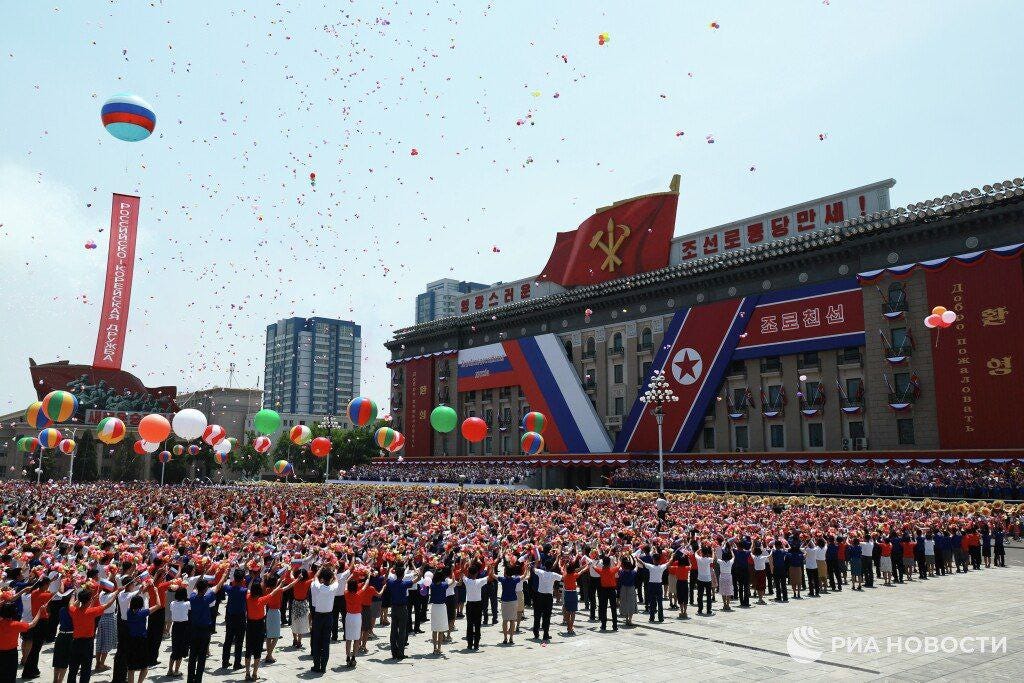



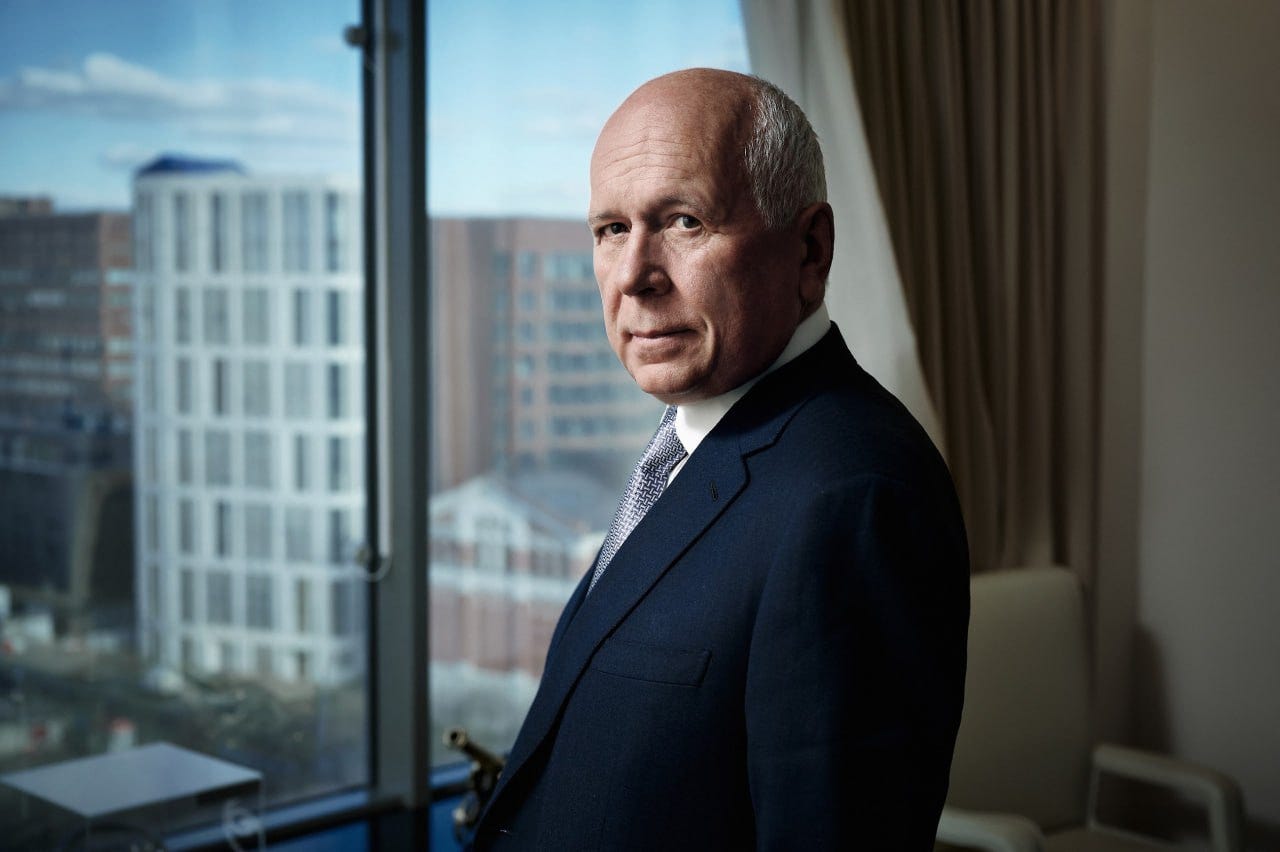









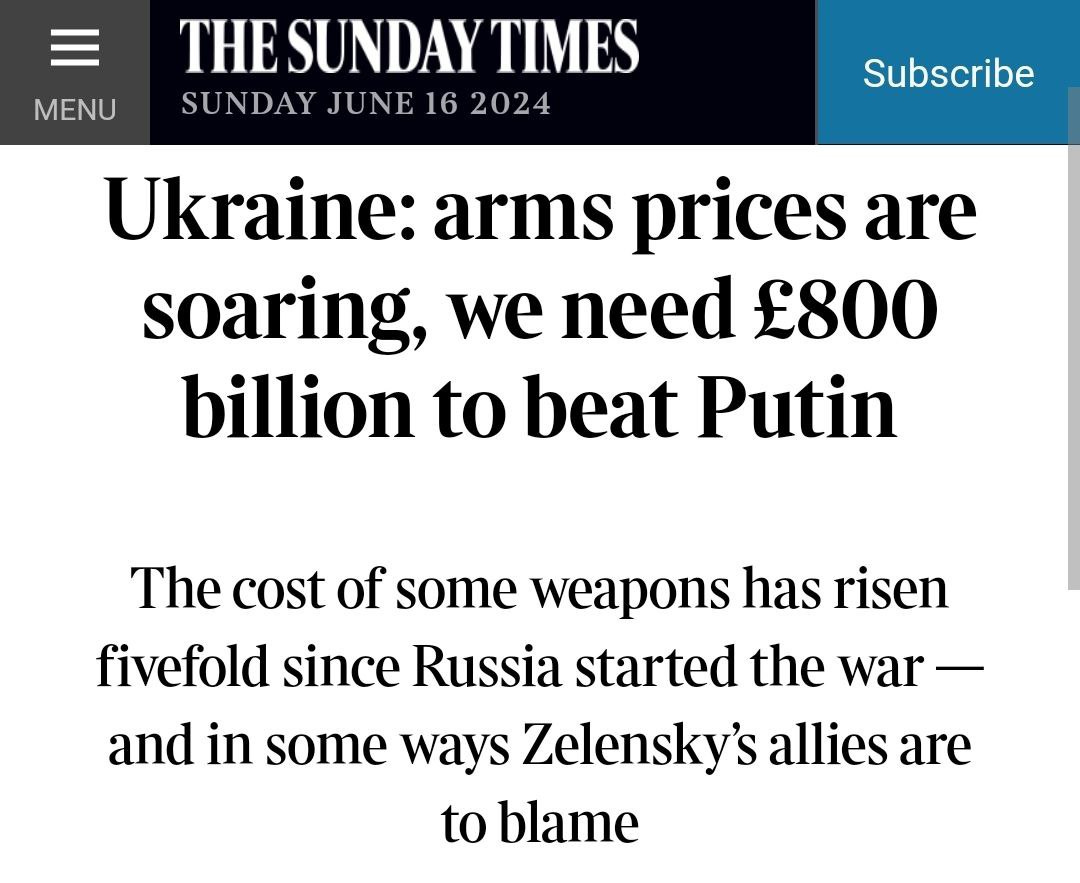

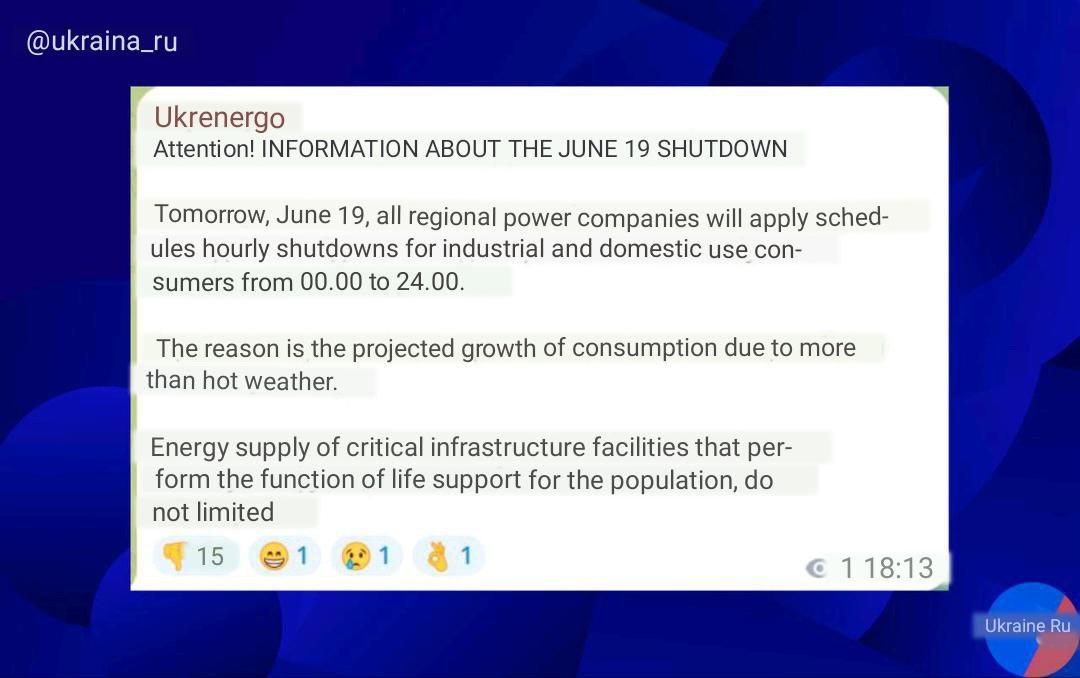


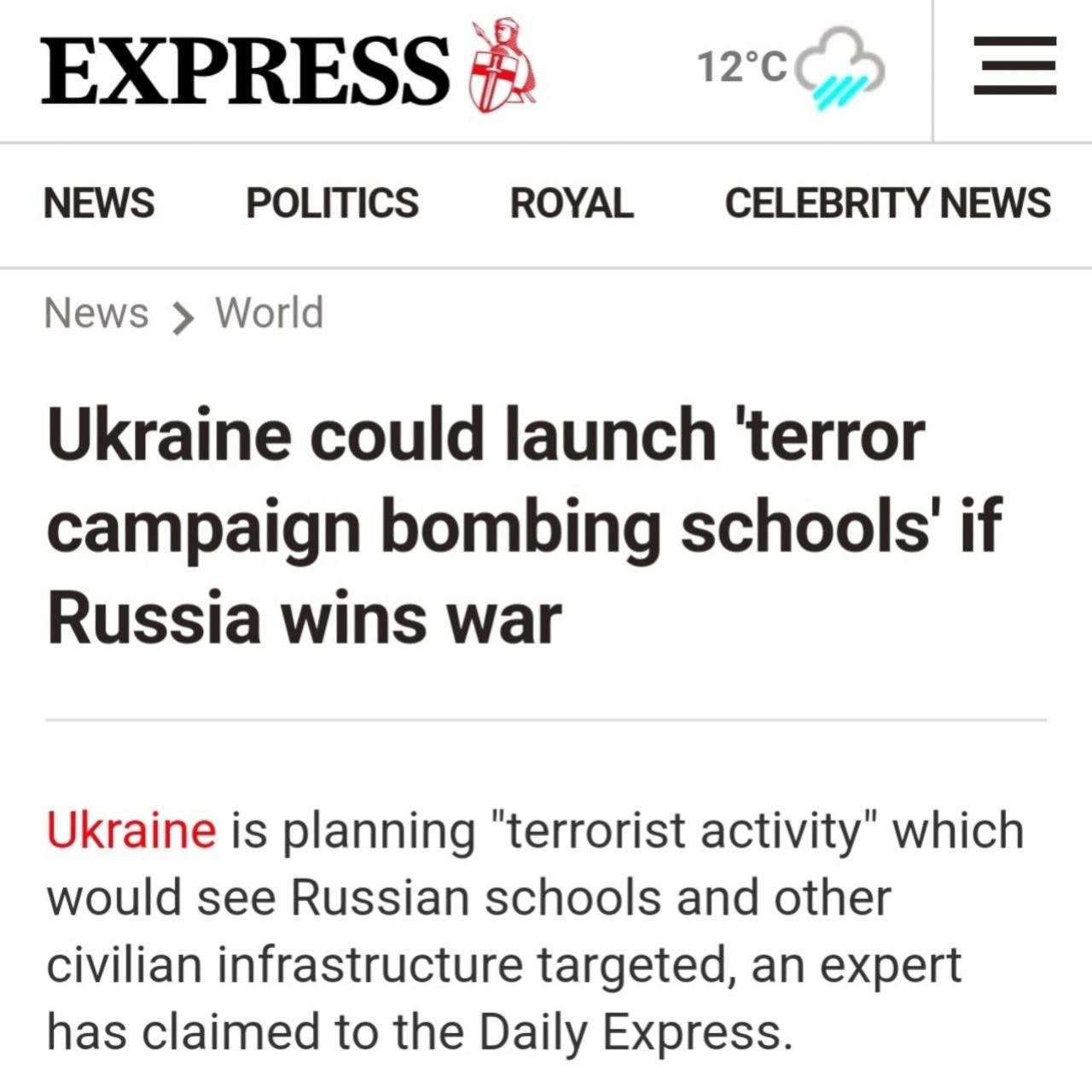



It seems the march to war continues. The teams are lining up, and with DPRK on board the Eurasians are looking very strong. Once the war in Lebanon begins it will be much clearer who is positioned where. Troubled times indeed.
The strength, resourcefulness, manufacturing capacity and technological prowess of DPRK has long been underestimated. Its involvement in the Middle East has been extensive and its impact profound. Much of Iran's technological military capability can be attributed to DPRK--as can the engineering of its impenetrable underground fortresses. DRPK has been providing extensive military and technical training and support to Syria for decades. And Hezbollah's tight organizational structure and iron discipline are both products of its relationship with North Korea. For those interested in details, the sections on Syria, Iran and Hezbollah in A.B.Abrams' "Immovable Object" are a good start. Russia has found a very tough and capable ally. Their potential contributions to Russia's military capacity are significant. It's easy to see why Vlad paid them a visit.